Home>Furniture & Design>Bathroom Accessories>How To Use Clr To Clean Toilet Bowl
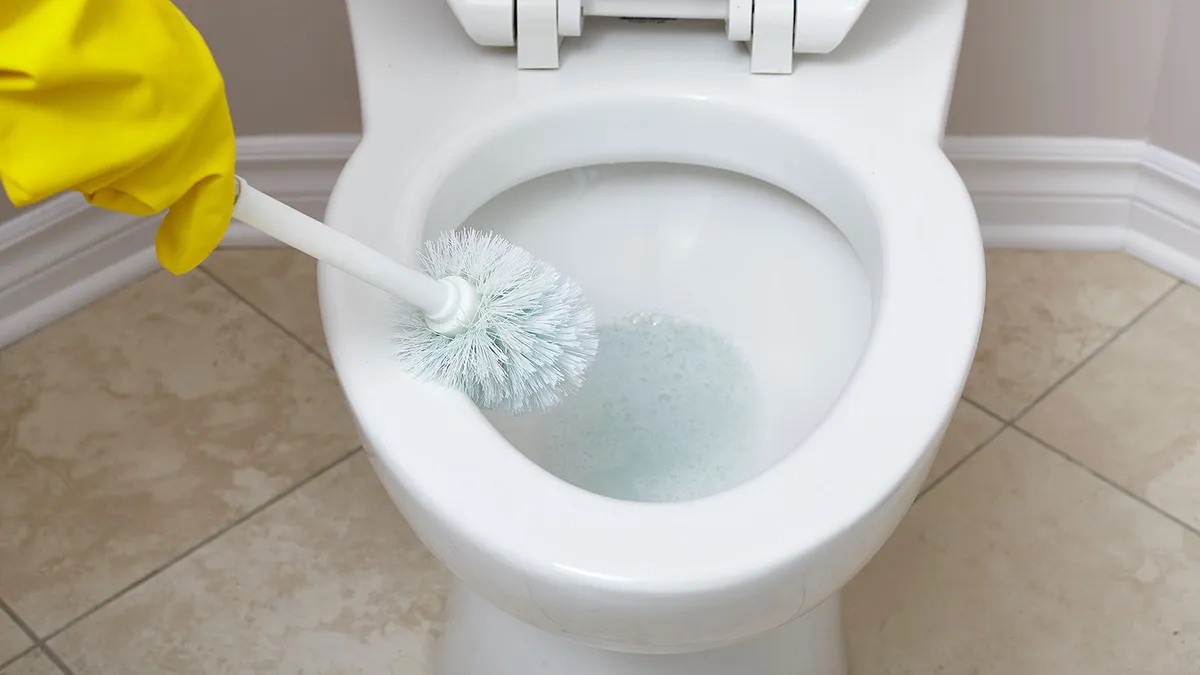

Bathroom Accessories
How To Use Clr To Clean Toilet Bowl
Modified: February 18, 2024
Learn how to use CLR to effectively clean your toilet bowl and other bathroom accessories. Keep your bathroom sparkling with these simple tips and tricks.
(Many of the links in this article redirect to a specific reviewed product. Your purchase of these products through affiliate links helps to generate commission for Storables.com, at no extra cost. Learn more)
Introduction
Cleaning the toilet bowl is an essential household chore that ensures a hygienic and pleasant bathroom environment. However, stubborn stains, mineral deposits, and limescale buildup can often prove to be challenging to remove. This is where CLR, a powerful cleaning solution, comes to the rescue. CLR, which stands for Calcium, Lime, and Rust, is specifically formulated to tackle tough stains and mineral deposits, making it an effective choice for cleaning toilet bowls.
In this comprehensive guide, we will delve into the process of using CLR to clean a toilet bowl effectively. From understanding the properties of CLR to the step-by-step application process, this article will equip you with the knowledge and techniques needed to achieve a sparkling clean toilet bowl. Whether you are dealing with unsightly stains or simply aiming to maintain a pristine bathroom, mastering the use of CLR will undoubtedly simplify your cleaning routine and elevate the overall cleanliness of your bathroom space.
Let's embark on this journey to discover the transformative power of CLR and how it can revolutionize the way you approach toilet bowl cleaning. By the end of this guide, you will be equipped with the expertise to confidently utilize CLR, ensuring that your toilet bowl remains spotless and free from stubborn stains and mineral deposits.
Key Takeaways:
- CLR is a powerful solution for removing tough stains and mineral deposits in toilet bowls. By following safety precautions and a step-by-step process, you can achieve a sparkling clean and hygienic bathroom.
- Proper preparation, application, and safety measures are essential when using CLR to clean a toilet bowl. With careful steps and attention to detail, you can conquer stubborn stains and elevate the cleanliness of your bathroom.
Read more: How To Clean Toilet Bowl With Coke
Understanding CLR
CLR, an acronym for Calcium, Lime, and Rust, is a powerful cleaning solution designed to tackle tough stains and mineral deposits. It is formulated to dissolve and remove stubborn buildup caused by hard water, limescale, calcium deposits, and rust stains. The versatile nature of CLR makes it an ideal choice for various cleaning applications, including the toilet bowl.
The active ingredients in CLR work by breaking down the chemical bonds of mineral deposits and stains, effectively dissolving them for easy removal. This makes it particularly effective for addressing the unsightly discoloration and buildup that commonly plague toilet bowls. By understanding the properties of CLR, you can harness its cleaning power to restore the pristine condition of your toilet bowl.
When using CLR, it is important to note that it is a potent cleaning agent and should be handled with care. While it is highly effective in removing tough stains, it is essential to follow the manufacturer's instructions and safety guidelines to ensure proper usage. Additionally, being aware of the surfaces on which CLR can be safely applied is crucial to prevent damage to sensitive materials.
By gaining a comprehensive understanding of CLR and its capabilities, you can confidently proceed with the cleaning process, knowing that you are utilizing a reliable solution to combat stubborn stains and mineral deposits in your toilet bowl. With this knowledge in hand, you are well-equipped to harness the full potential of CLR and achieve remarkable results in maintaining a clean and hygienic bathroom environment.
Preparing to Use CLR
Before embarking on the process of using CLR to clean your toilet bowl, it is crucial to make adequate preparations to ensure a safe and effective cleaning experience. Proper preparation sets the stage for successful application and maximizes the cleaning potential of CLR. Here are the essential steps to prepare for using CLR:
-
Gather the Necessary Supplies: Begin by assembling the supplies needed for the cleaning process. This includes a bottle of CLR, rubber gloves, a toilet brush, and safety goggles. Ensuring that you have all the required items within reach will streamline the cleaning process and minimize interruptions.
-
Ventilate the Bathroom: Proper ventilation is key when working with cleaning solutions. Open windows and turn on any exhaust fans to promote air circulation in the bathroom. This helps to dissipate any fumes that may arise during the cleaning process, creating a more comfortable environment for the task at hand.
-
Put on Protective Gear: Prior to handling CLR, it is essential to prioritize safety by wearing protective gear. Put on rubber gloves to shield your hands from direct contact with the cleaning solution. Additionally, wearing safety goggles provides an extra layer of protection for your eyes in case of accidental splashes.
-
Read the Manufacturer's Instructions: Take the time to carefully read the manufacturer's instructions on the CLR bottle. Familiarize yourself with the recommended application methods, safety precautions, and any specific guidelines provided by the manufacturer. This ensures that you are well-informed and prepared to use CLR in accordance with the prescribed guidelines.
-
Pre-Flush the Toilet: Before applying CLR to the toilet bowl, flush it to remove any standing water. This allows the cleaning solution to make direct contact with the stained areas, optimizing its effectiveness in dissolving mineral deposits and tough stains.
By diligently preparing for the use of CLR, you set the stage for a successful and efficient cleaning process. These preparatory steps not only enhance safety but also contribute to the overall effectiveness of CLR in tackling stubborn stains and mineral deposits within the toilet bowl. With the groundwork laid out, you are now ready to proceed with the application of CLR, confident in your ability to achieve a thorough and impressive cleaning outcome.
Applying CLR to the Toilet Bowl
Once the necessary preparations have been made, it's time to apply CLR to the toilet bowl. This step-by-step process ensures that the cleaning solution is effectively utilized to target and eliminate stubborn stains and mineral deposits, restoring the toilet bowl to a pristine condition.
-
Pour CLR Into the Toilet Bowl: Begin by carefully pouring CLR directly into the toilet bowl. The amount of CLR used should be in accordance with the manufacturer's recommendations, typically indicated on the product label. Ensuring that the solution adequately covers the stained areas is essential for optimal cleaning results.
-
Allow CLR to Sit: After pouring the CLR, allow it to sit in the toilet bowl for the specified duration recommended by the manufacturer. This dwell time is crucial as it allows the powerful cleaning agents in CLR to penetrate and dissolve the mineral deposits and stains, making them easier to remove.
-
Target Stained Areas: For particularly stubborn or heavily stained areas, consider using a toilet brush to gently agitate the CLR and target specific spots. This helps to enhance the cleaning action and effectively dislodge tough buildup, ensuring a thorough cleaning outcome.
-
Ensure Complete Coverage: To address all areas of the toilet bowl, including under the rim and along the waterline, use the toilet brush to distribute the CLR evenly. This comprehensive coverage ensures that all surfaces come into contact with the cleaning solution, maximizing its effectiveness in removing stains and mineral deposits.
-
Follow Recommended Dwell Time: Adhering to the recommended dwell time is crucial for allowing CLR to work its magic. During this period, the solution actively breaks down and dissolves the stubborn buildup, preparing it for easy removal during the subsequent cleaning and rinsing process.
By following these steps, you can effectively apply CLR to the toilet bowl, harnessing its potent cleaning power to combat tough stains and mineral deposits. This meticulous approach ensures that the cleaning solution is utilized to its full potential, setting the stage for a remarkable transformation of the toilet bowl's cleanliness and appearance. With CLR actively addressing the stubborn stains and mineral deposits, the subsequent scrubbing and rinsing process will further enhance the results, culminating in a sparkling clean toilet bowl that exudes freshness and hygiene.
To use Clr to clean a toilet bowl, pour the product around the rim and let it sit for 5 minutes. Then, scrub the bowl with a toilet brush and flush. Be sure to follow the instructions on the Clr bottle for best results.
Scrubbing and Rinsing
After allowing the CLR to sit for the recommended dwell time and effectively dissolve the stubborn stains and mineral deposits, the next crucial step involves scrubbing and rinsing the toilet bowl. This pivotal phase of the cleaning process ensures that the loosened buildup is thoroughly removed, resulting in a pristine and refreshed toilet bowl.
-
Scrubbing with a Toilet Brush: With the CLR solution still present in the toilet bowl, utilize a toilet brush to gently scrub the interior surfaces. Focus on areas with visible stains and mineral deposits, applying gentle yet firm pressure to dislodge any remaining buildup. The combination of CLR's cleaning action and the mechanical agitation from the toilet brush effectively targets and removes stubborn residues, restoring the toilet bowl's cleanliness.
-
Rinsing with Clean Water: Following the scrubbing process, thoroughly rinse the toilet bowl with clean water. Use a bucket or a container to pour water into the bowl, ensuring that all traces of the CLR solution and dislodged buildup are completely flushed away. Repeat the rinsing process as needed until the water runs clear, indicating the successful removal of all residues and cleaning solution from the toilet bowl.
-
Inspecting for Residual Stains: After rinsing, inspect the toilet bowl for any residual stains or mineral deposits. If persistent stains remain, consider repeating the application of CLR and the scrubbing process to further address these areas. For particularly stubborn stains, allowing the CLR solution to sit for an extended period before scrubbing may enhance the cleaning efficacy.
-
Flushing and Final Evaluation: Once the toilet bowl is thoroughly rinsed and any residual stains have been addressed, flush the toilet to remove the remaining water and evaluate the cleanliness of the bowl. A final visual inspection will reveal the effectiveness of the cleaning process, showcasing a revitalized and gleaming toilet bowl free from unsightly stains and mineral deposits.
By meticulously scrubbing and rinsing the toilet bowl after the application of CLR, you ensure that the cleaning process reaches its full potential, resulting in a remarkably clean and refreshed toilet bowl. The combined action of CLR's powerful cleaning properties and the mechanical scrubbing motion effectively eliminates tough stains and mineral deposits, culminating in a visibly pristine and hygienic toilet bowl that enhances the overall cleanliness of your bathroom space.
Read more: How To Clean A Saniflo Toilet Bowl
Safety Precautions
When using CLR to clean a toilet bowl, prioritizing safety is paramount to ensure a secure and hazard-free cleaning experience. Adhering to essential safety precautions not only safeguards your well-being but also promotes responsible usage of the cleaning solution. Here are the crucial safety measures to observe when utilizing CLR for toilet bowl cleaning:
-
Protective Gear: Prior to handling CLR, it is imperative to don protective gear to shield yourself from potential exposure. Wear rubber gloves to safeguard your skin from direct contact with the cleaning solution. Additionally, wearing safety goggles provides essential eye protection, minimizing the risk of irritation or injury in the event of accidental splashes.
-
Ventilation: Adequate ventilation is key to dissipating any fumes that may arise during the cleaning process. Open windows and turn on exhaust fans to promote air circulation in the bathroom. This helps to minimize exposure to airborne particles and ensures a well-ventilated environment for the duration of the cleaning task.
-
Avoid Mixing with Other Products: Refrain from mixing CLR with other cleaning products, as this can result in hazardous chemical reactions. Using CLR in isolation prevents potential chemical interactions that may produce harmful fumes or pose health risks. It is essential to adhere to the manufacturer's guidelines regarding the standalone use of CLR for cleaning purposes.
-
Read and Follow Instructions: Thoroughly review the manufacturer's instructions provided on the CLR bottle. Familiarize yourself with the recommended application methods, safety precautions, and any specific guidelines outlined by the manufacturer. Adhering to the prescribed instructions ensures that CLR is used in a manner that aligns with safety protocols and best practices.
-
Keep Out of Reach of Children and Pets: Store CLR in a secure location that is inaccessible to children and pets. The potent nature of the cleaning solution necessitates careful storage to prevent accidental ingestion or exposure. By storing CLR responsibly, you mitigate the risk of unintended contact and promote a safe household environment.
-
Proper Disposal: After completing the cleaning process, dispose of any remaining CLR and cleaning materials in accordance with local regulations. Adhering to proper disposal practices ensures that the cleaning solution is handled responsibly, minimizing environmental impact and promoting sustainable waste management.
By diligently observing these safety precautions, you create a secure and controlled environment for using CLR to clean the toilet bowl. Prioritizing safety not only safeguards your well-being but also contributes to a responsible and conscientious approach to household cleaning. With these essential safety measures in place, you can confidently harness the cleaning power of CLR while ensuring a secure and hazard-free cleaning experience.
Conclusion
In conclusion, mastering the use of CLR to clean a toilet bowl empowers you to conquer stubborn stains and mineral deposits, transforming the cleanliness and freshness of your bathroom space. By understanding the potent properties of CLR and following a meticulous application process, you can achieve remarkable results that elevate the hygiene and visual appeal of your toilet bowl.
The transformative power of CLR lies in its ability to dissolve and remove tough buildup caused by hard water, limescale, calcium deposits, and rust stains. This makes it an indispensable cleaning solution for addressing the persistent stains and discoloration that often plague toilet bowls. By harnessing the cleaning prowess of CLR, you can effectively combat these challenges, restoring the toilet bowl to a pristine condition that exudes cleanliness and freshness.
Through careful preparation, including gathering the necessary supplies, ventilating the bathroom, and donning protective gear, you set the stage for a safe and efficient cleaning process. The meticulous application of CLR to the toilet bowl, followed by targeted scrubbing and thorough rinsing, ensures that the cleaning solution effectively addresses stubborn stains and mineral deposits, resulting in a revitalized and gleaming toilet bowl.
Furthermore, observing essential safety precautions when using CLR is paramount to ensure a secure and hazard-free cleaning experience. Prioritizing protective gear, ventilation, and responsible product usage promotes a safe and controlled environment for utilizing CLR, safeguarding your well-being and promoting responsible household cleaning practices.
By embracing the knowledge and techniques outlined in this guide, you are equipped to confidently utilize CLR to maintain a spotless and hygienic toilet bowl. The comprehensive understanding of CLR's capabilities, coupled with the meticulous application process and adherence to safety precautions, empowers you to achieve exceptional cleaning outcomes, elevating the overall cleanliness and appeal of your bathroom.
In essence, mastering the use of CLR to clean a toilet bowl transcends mere cleaning; it embodies a commitment to maintaining a pristine and inviting bathroom environment. With the transformative potential of CLR at your disposal, you can embark on a journey towards a consistently clean and refreshed toilet bowl, enhancing the comfort and hygiene of your home.
Frequently Asked Questions about How To Use Clr To Clean Toilet Bowl
Was this page helpful?
At Storables.com, we guarantee accurate and reliable information. Our content, validated by Expert Board Contributors, is crafted following stringent Editorial Policies. We're committed to providing you with well-researched, expert-backed insights for all your informational needs.
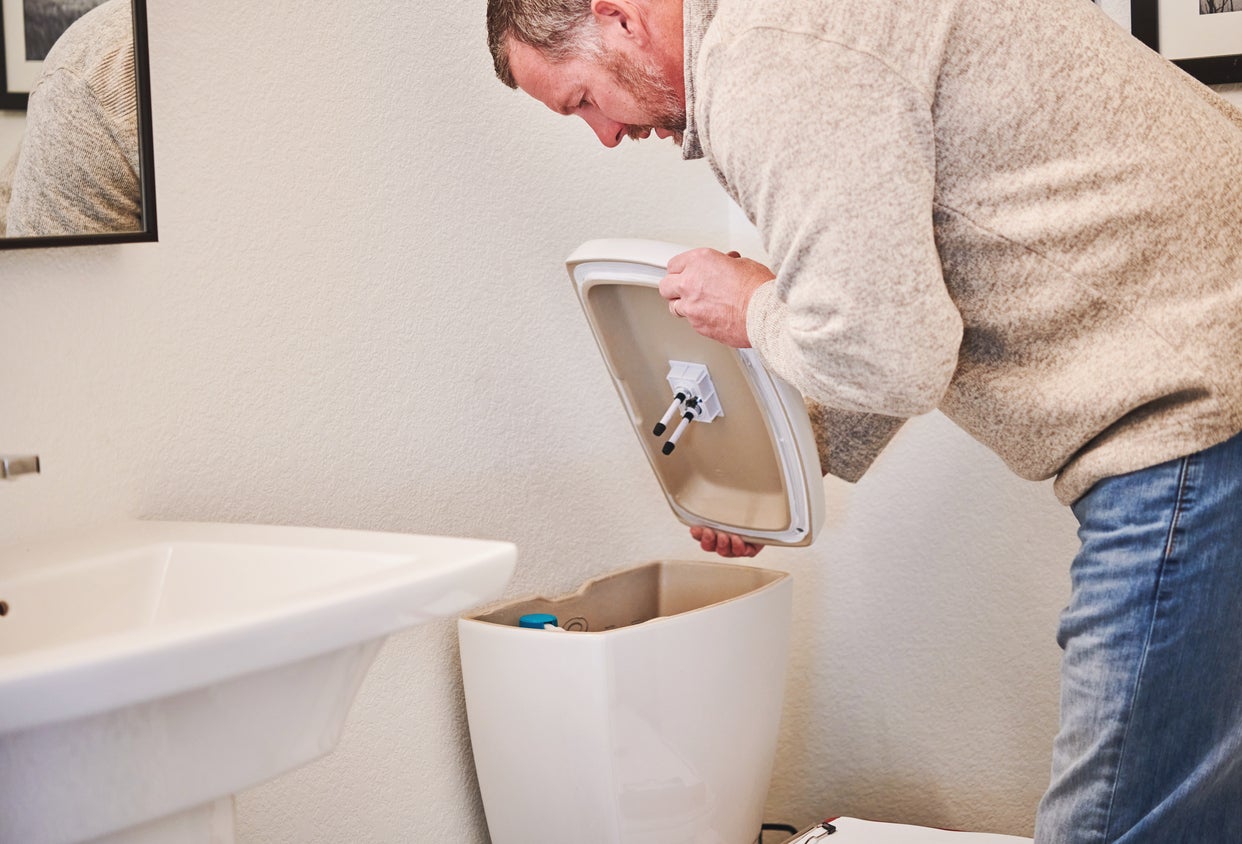
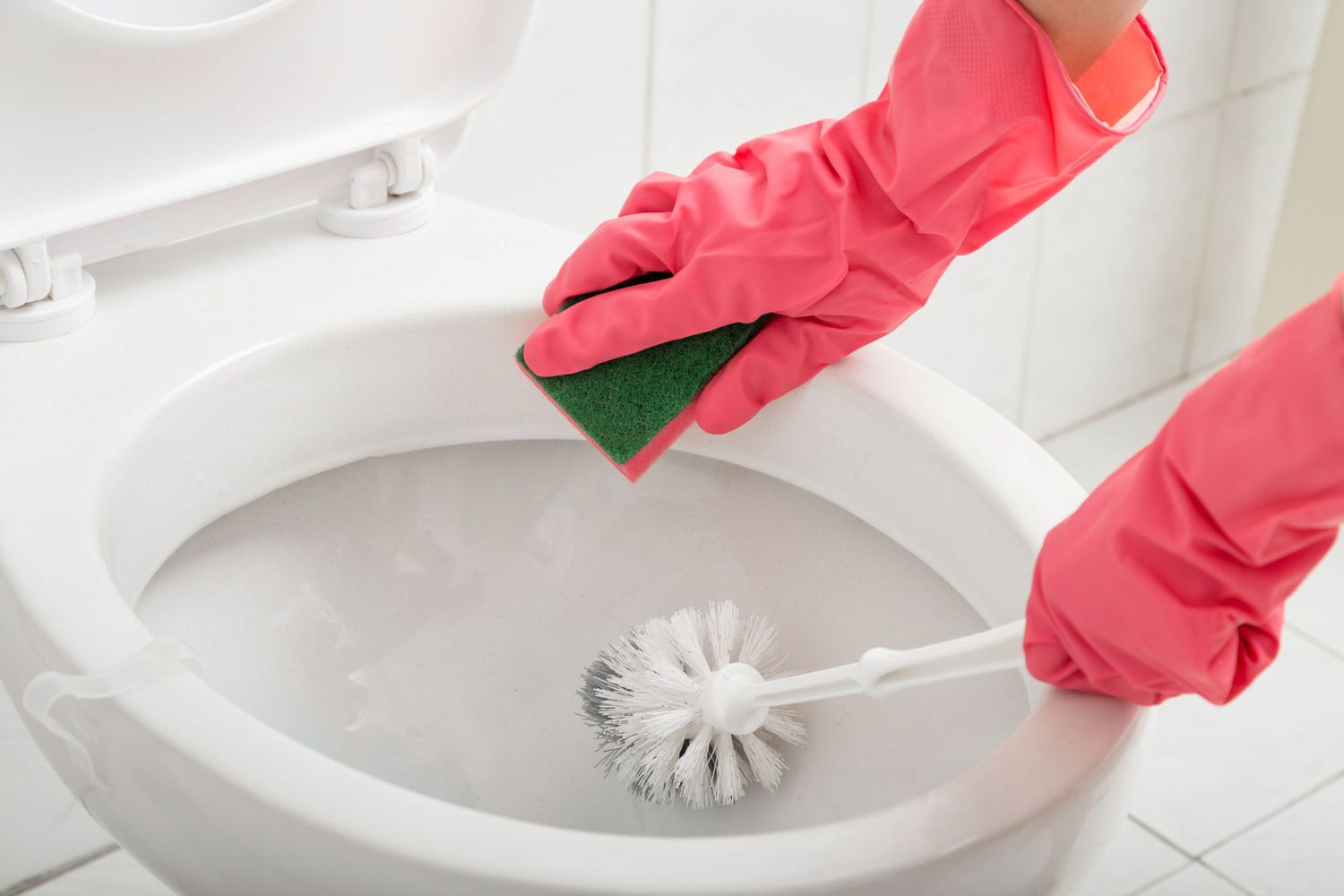
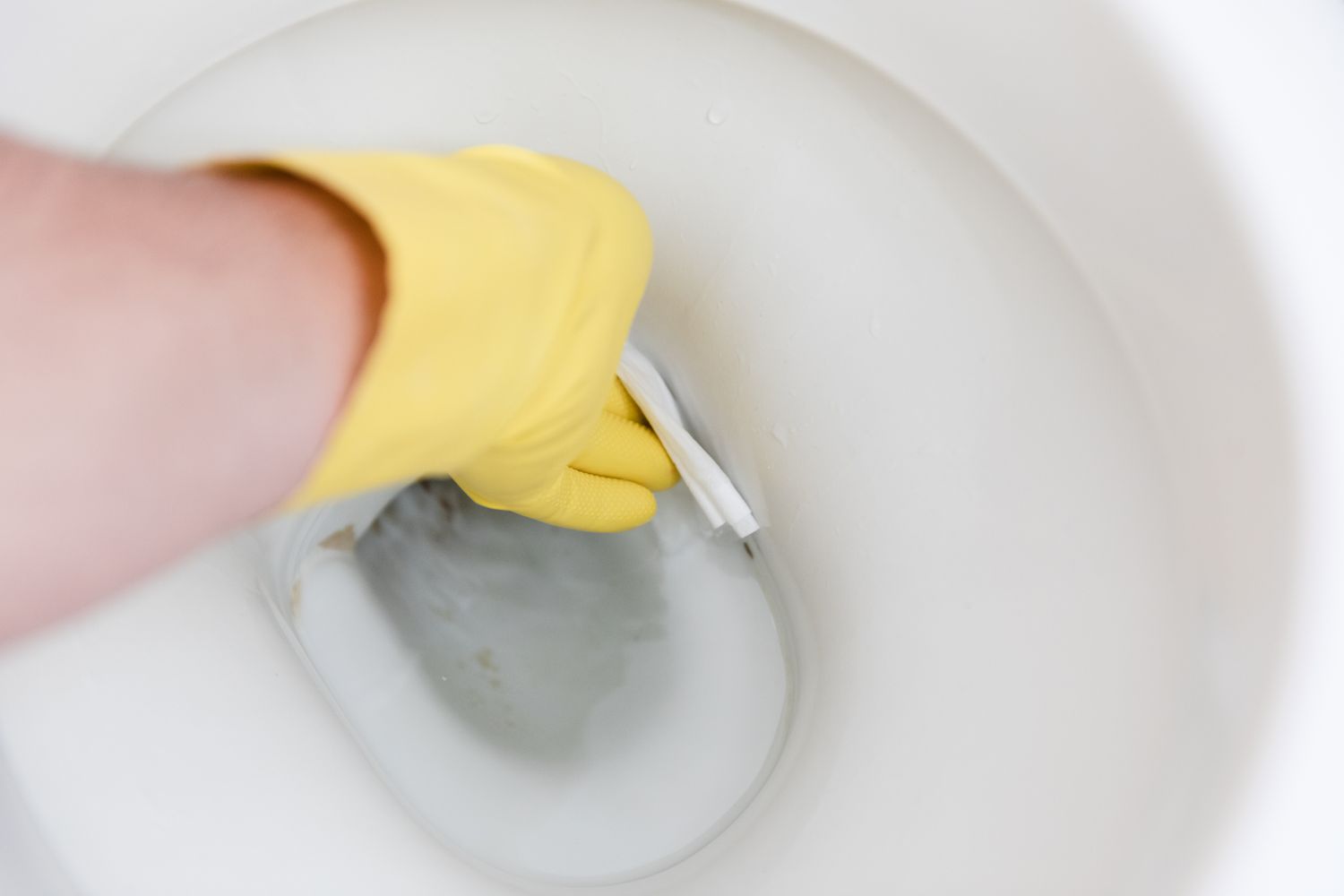
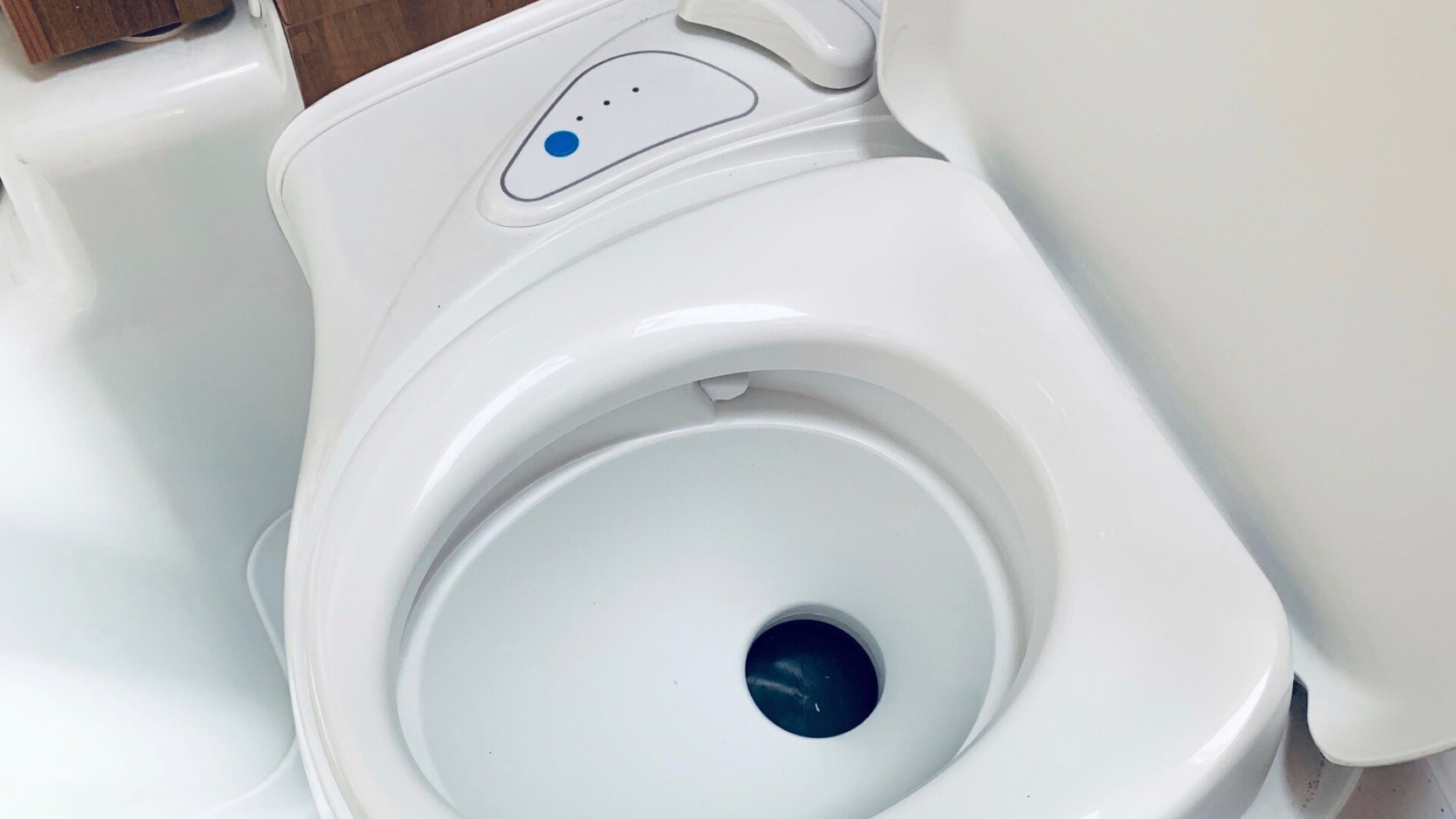
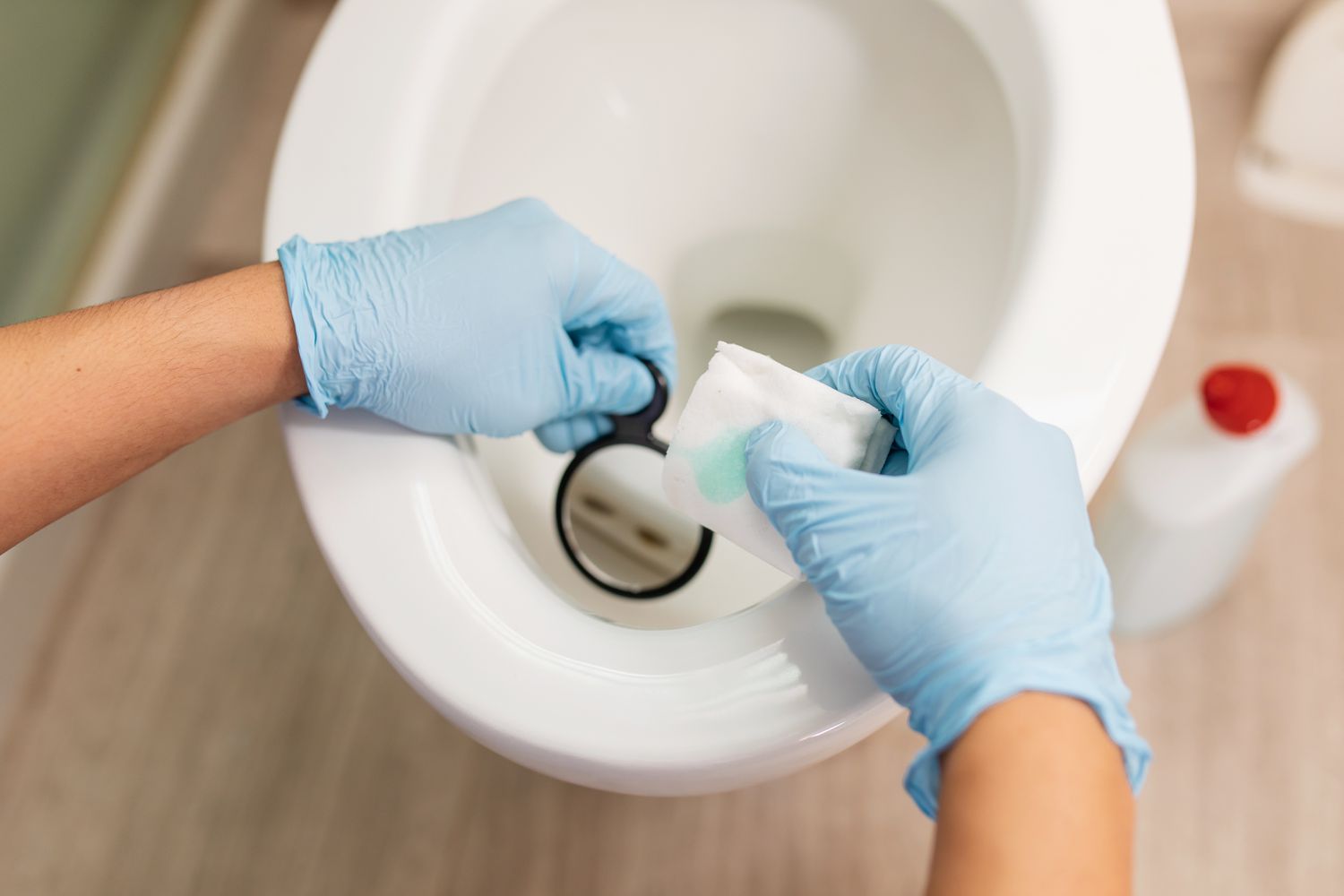
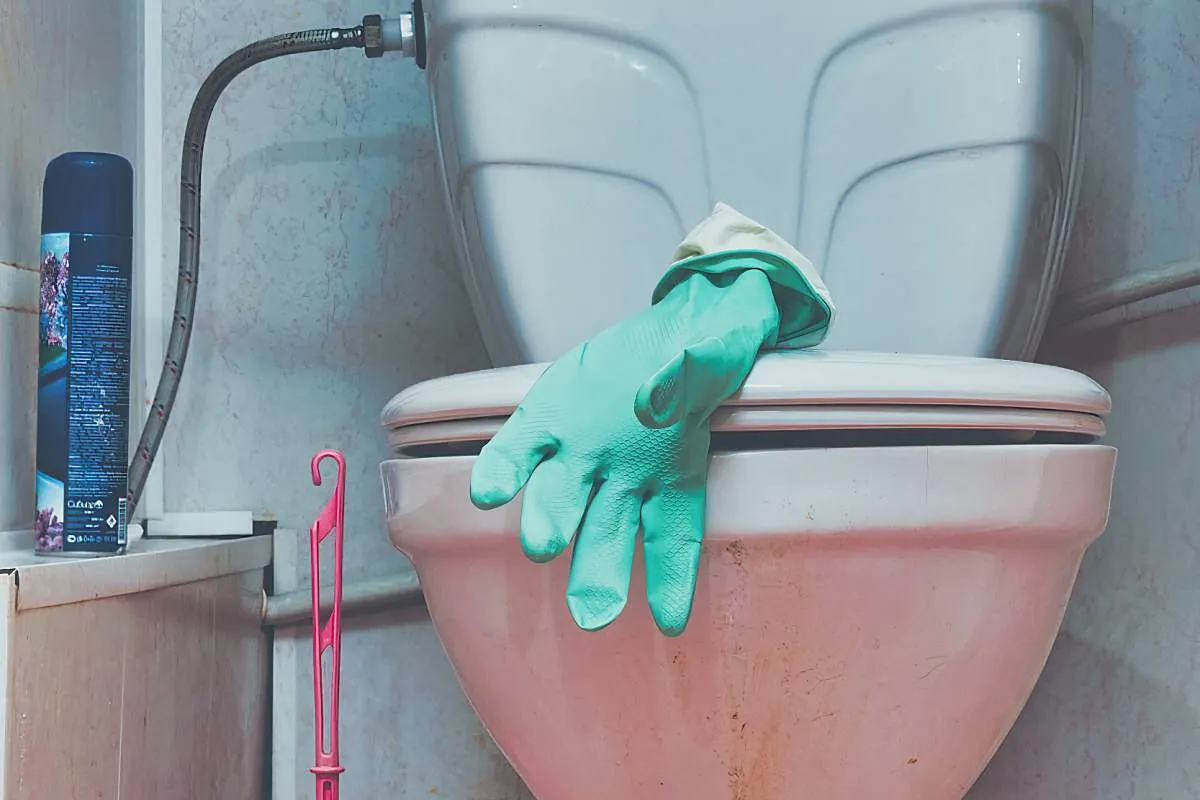
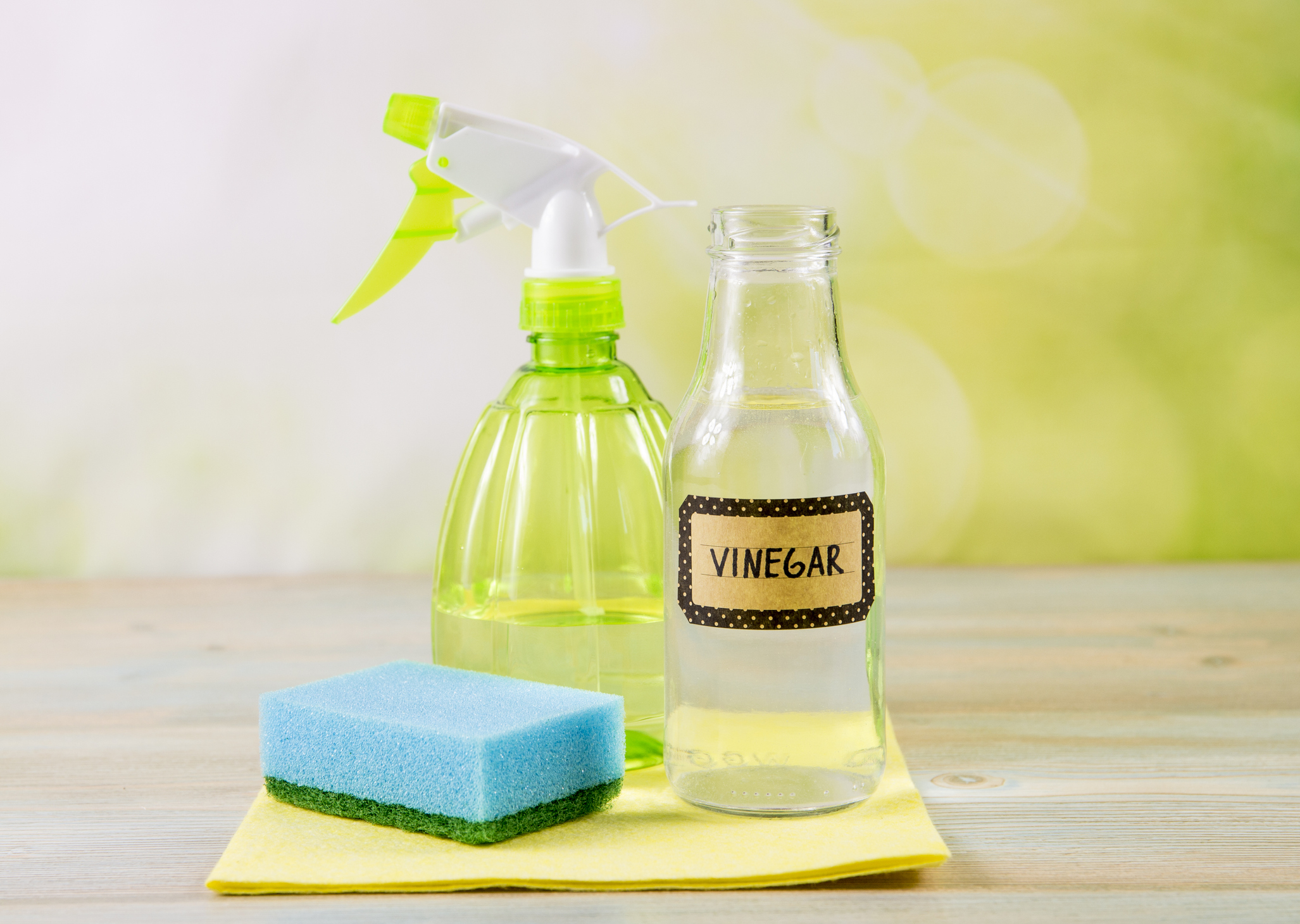
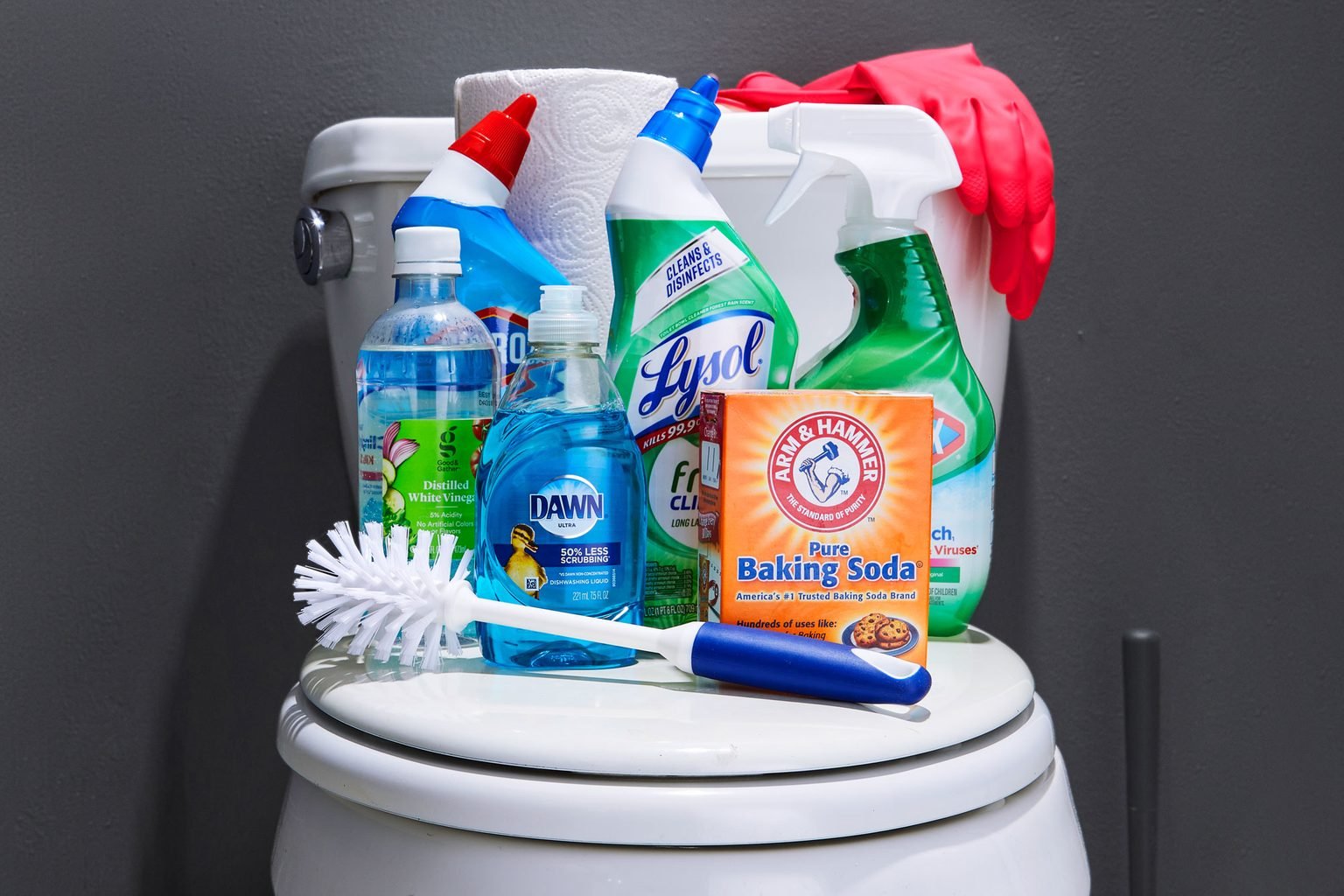
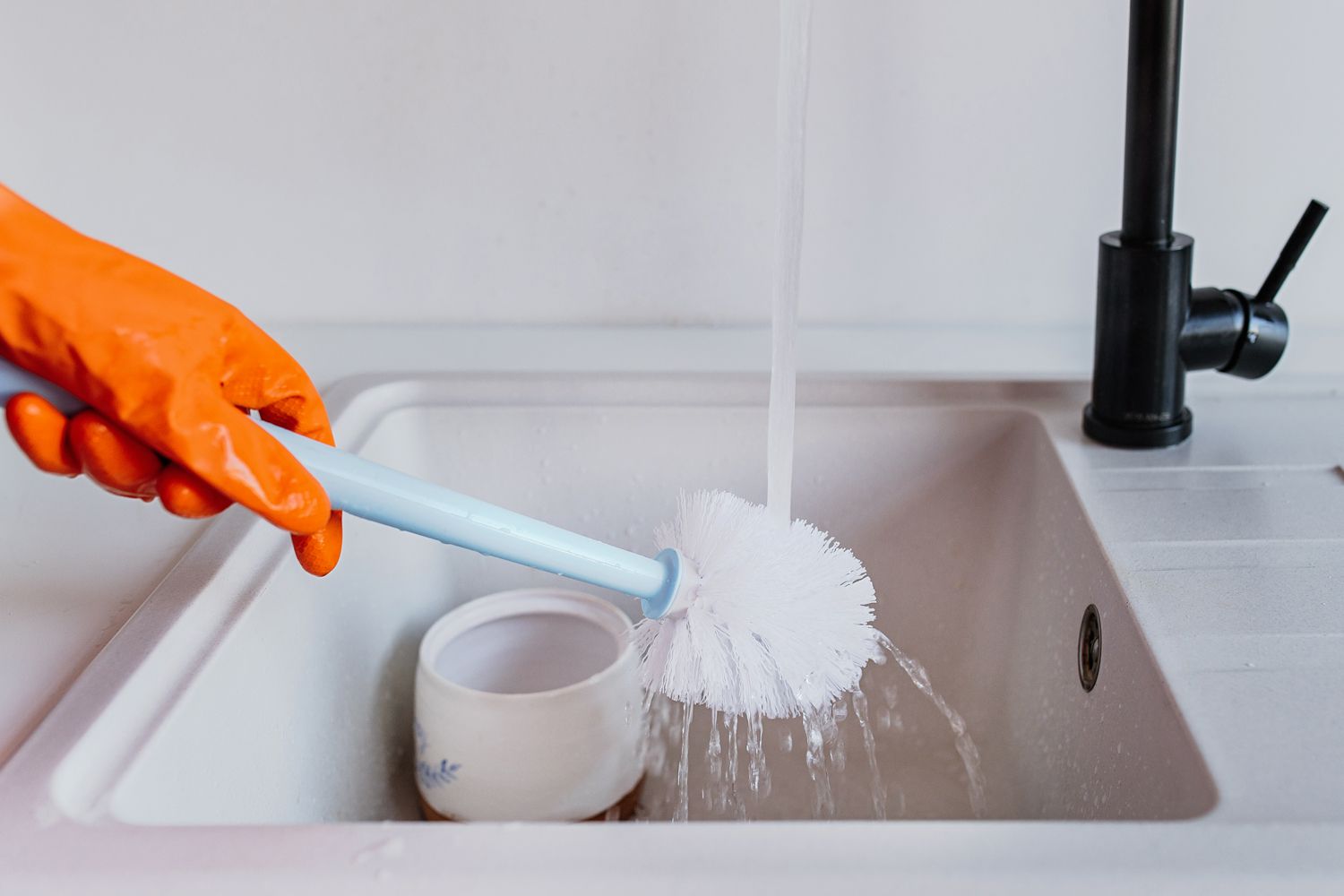
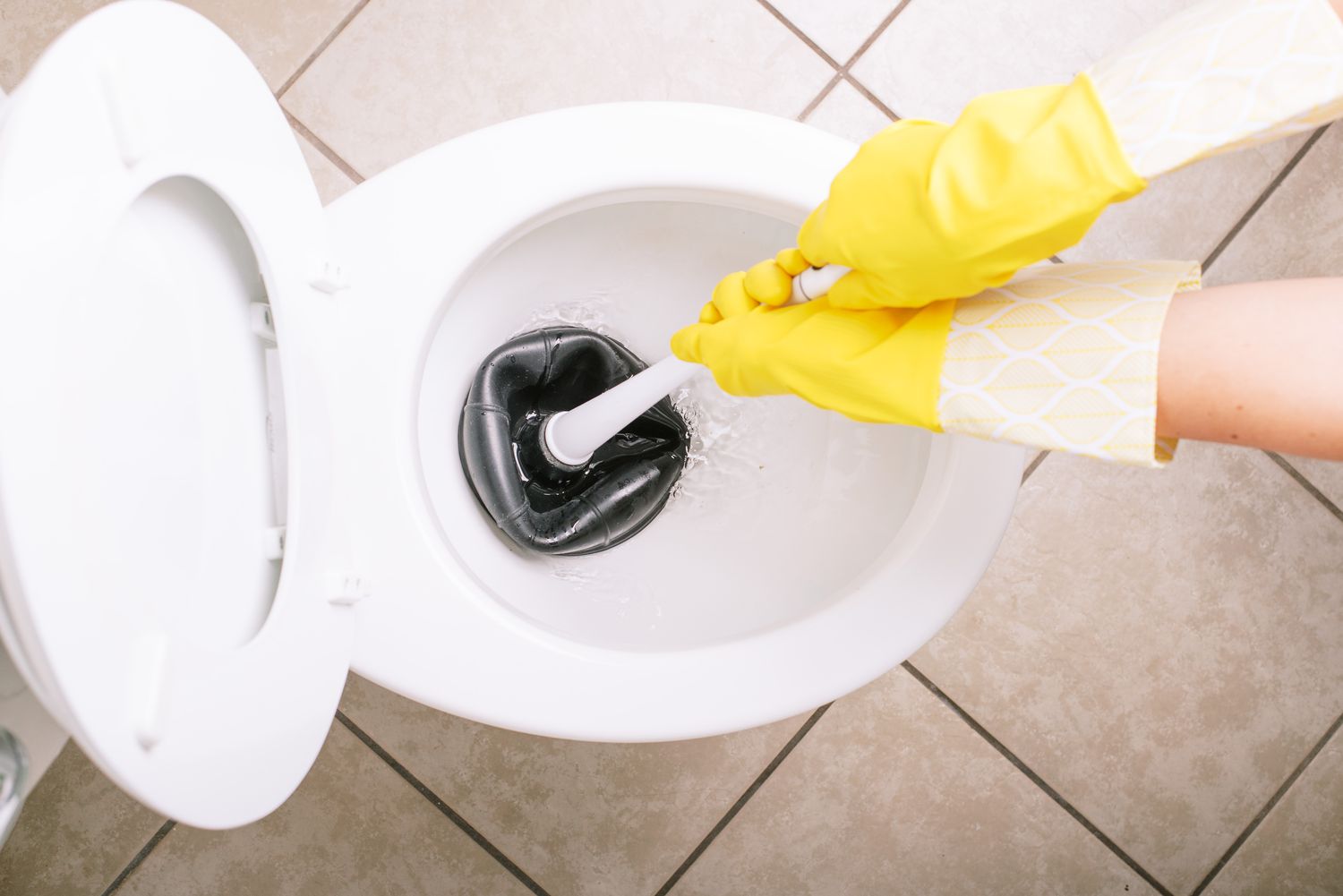
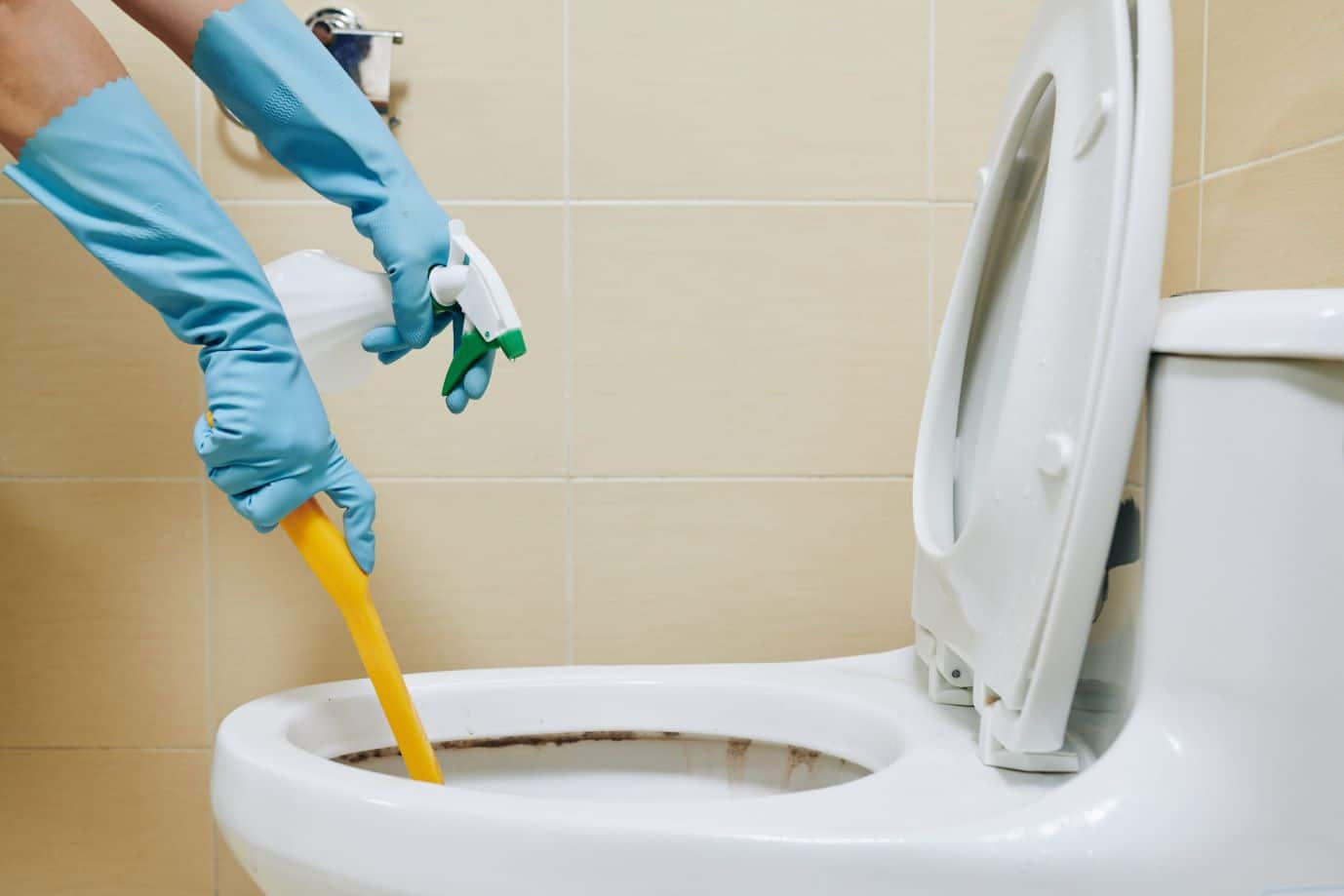
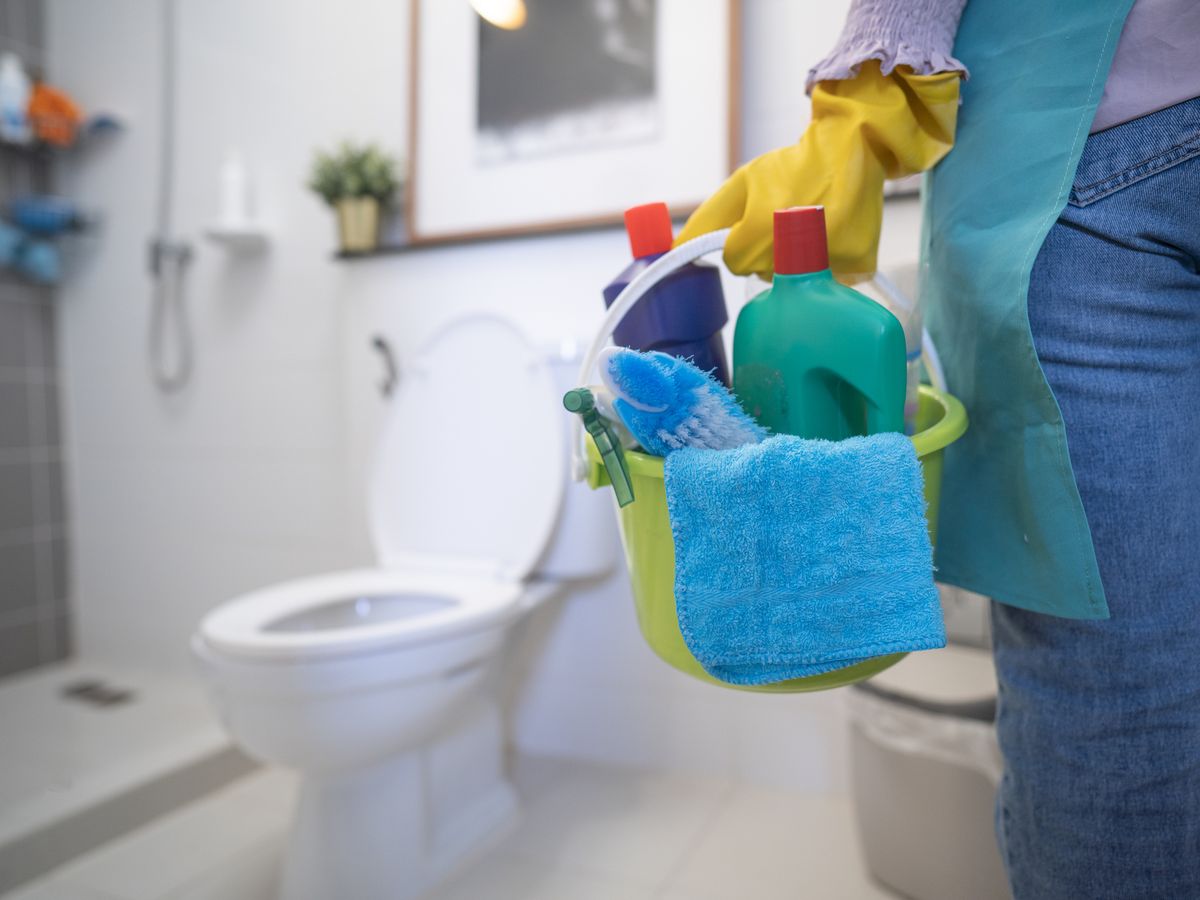
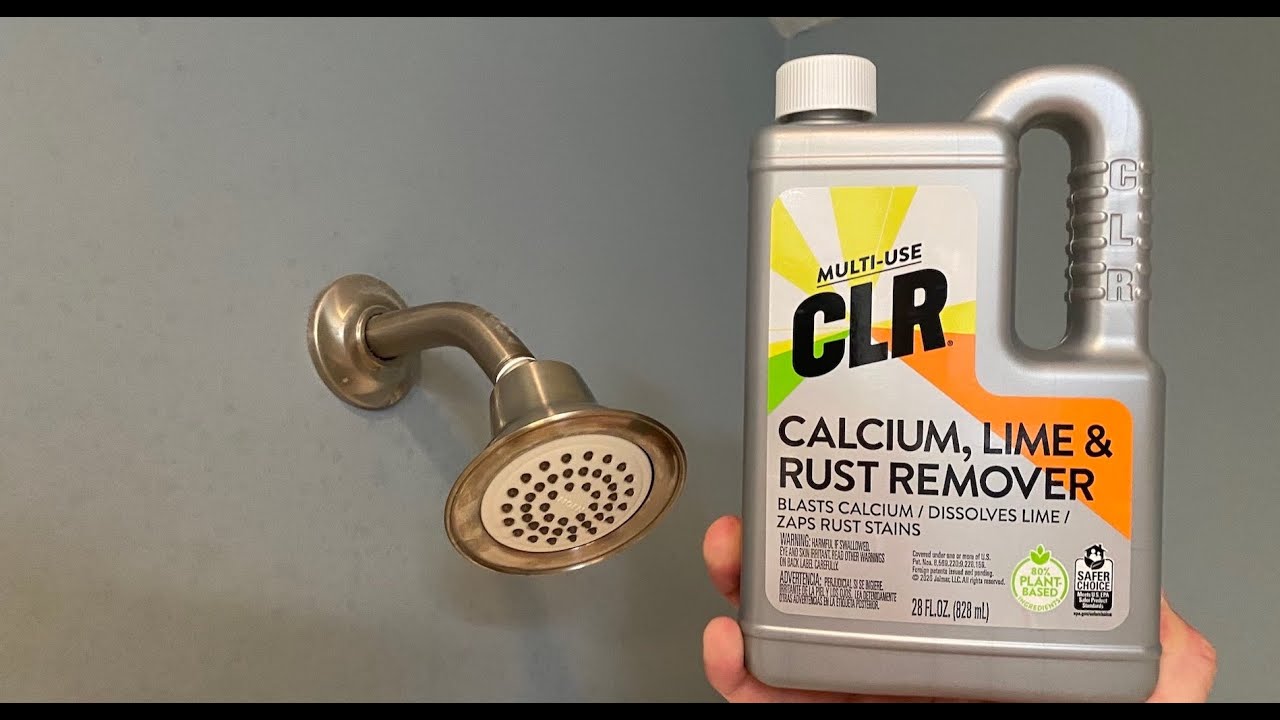
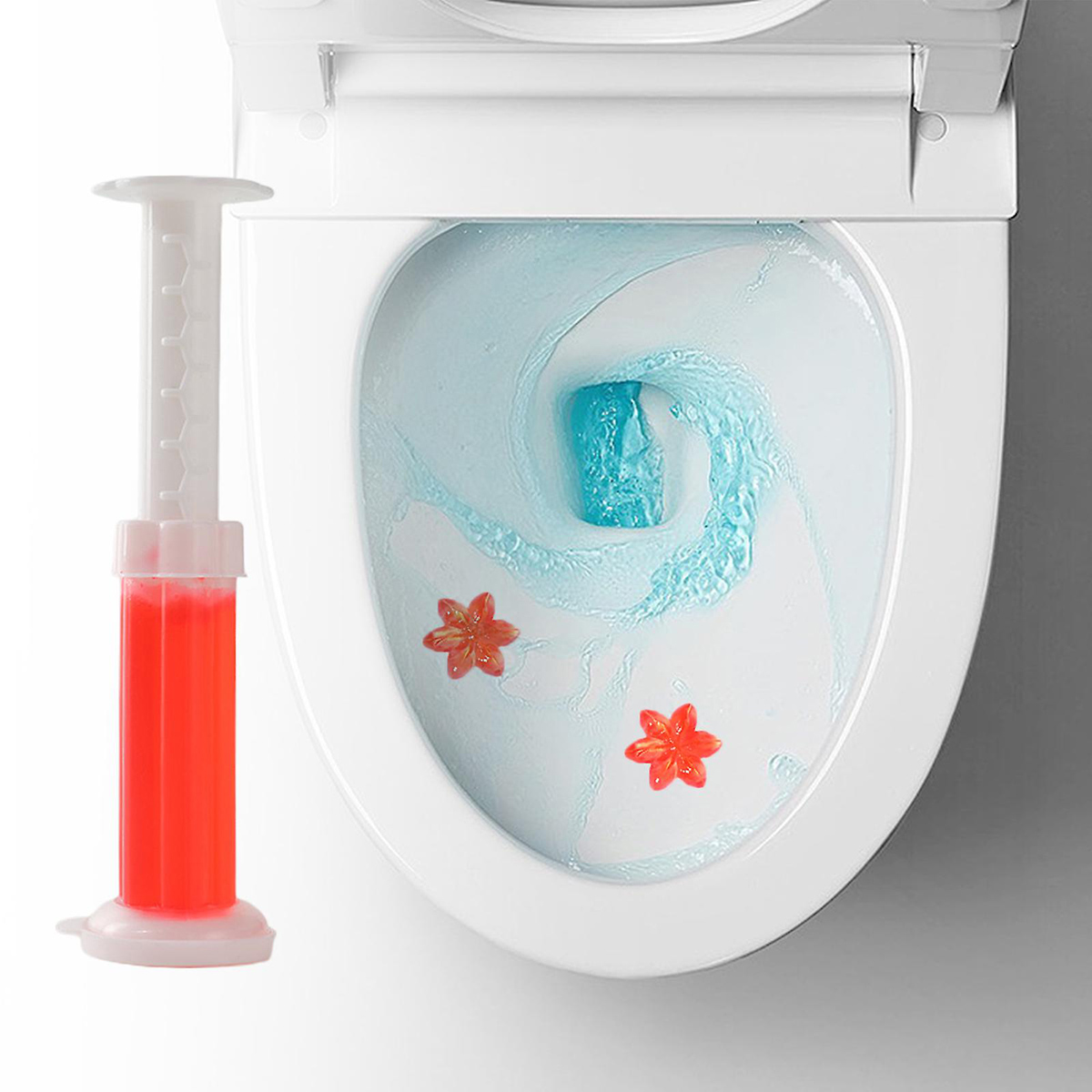

0 thoughts on “How To Use Clr To Clean Toilet Bowl”